2015年诺贝尔物理学奖得主:梶田隆章简介
诸平
Takaaki Kajita (1959-,University of Tokyo)
2015年诺贝尔物理学奖授予了日本东京大学(University of Tokyo)的梶田隆章(Takaaki Kajita,1959- )和加拿大女王大学(Queen's University)的阿瑟·麦克唐纳(Arthur B. McDonald,1943-),以表彰他们发现了中微子震荡,从而证实了微子有质量。两位科学家将平分总额为800万瑞典克朗的奖金(约合90多万美元)。关于2015年诺贝尔物理学奖已经有很多介绍与评议,本文就梶田隆章进行简要介绍,供大家参考。
梶田隆章(梶田隆章/かじたたかあき Kajita Takaaki ,1959年3月9日-)是日本物理学家、天文学家,现任东京大学宇宙线研究所所长、同研究所附属宇宙中微子观测信息融合中心负责人。梶田隆章受业于小柴昌俊、户塚洋二,2002年3人共同获得潘诺夫斯基实验粒子物理学奖(2002 W. K. H. Panofsky Prize inExperimental Particle Physics Recipient)。2015年因“发现了中微子震荡,证明了中微子具有质量”与阿瑟·麦克唐纳分享诺贝尔物理学奖。
1959年,梶田隆章出生于日本埼玉县,1981年埼玉大学(Saitama University)理学部物理学科毕业。1986年在日本东京大学(University of Tokyo)获得理学博士学位。同年4月,梶田隆章担任东京大学理学部ICEPP研究助理(Research associate, ICEPP,Faculty of Science, University of Tokyo),并开始中微子研究,在世界**物理学家小柴昌俊、户塚洋二门下学习,其后于观测中微子时发现异样,即太阳中微子在抵达地球之前的离奇消失,依此推测中微子震荡的存在。为证实此一推论,需要庞大的观测数据,超级神冈探测器(Super-Kamiokande)因此应运而生。
超级神冈探测器是日本东京大学建造的大型中微子探测器,*初目标是探测质子衰变,也能够探测太阳、地球大气和超新星爆发产生的中微子。它位于日本岐阜县飞騨市神冈町(旧吉城郡)神冈矿山的一个深达1km的废弃砷矿中,主要部分是一个高41.4m、直径39.3m的圆柱形容器,盛有5万吨高纯度的水,容器的内壁上安装有11200个光电倍增管,用于探测高速中微子在水中通过时产生的切连科夫辐射。
这台探测器*初名为神冈核子衰变实验(KamiokaNDE),于1982年开始建造,1983年完工,圆柱形容器高16m,直径15.6m,装有3000吨水和大约1000只光电倍增管,目的是探测粒子物理学中的一个基本问题——质子衰变。1985年,探测器开始进行扩建,名为神冈核子衰变实验II期(KamiokaNDE-II),灵敏度大大提高。1987年2月,神冈探测器与美国的探测器共同发现了大麦哲伦云中超新星1987A爆发时产生的中微子,这是人类首次探测到太阳系以外的天体产生的中微子。尽管神冈探测器*初探测质子衰变的目标始终没有实现,但却可以接收来自太阳的中微子,并且测量其入射的方向,研究太阳中微子缺失问题。20世纪90年代,神冈探测器经过再次扩建,于1996年开始观测,名为超级神冈探测器,容量扩大了10倍。1996年,超级神冈探测器成功观测大气中的中微子,并测定其质量。1998年,在“中微子物理学・宇宙物理学国际会议”首次发表。1999年,梶田隆章因此获得日本物理学*高奖“仁科芳雄奖”。1998年,超级神冈探测器的***、日本科学家小柴昌俊发表了测量结果,给出中微子振荡的**确切证据,认为中微子在3种不同“味”之间是可以相互转换的,这也表明中微子是有质量的,而不是粒子物理标准模型中预言的零质量粒子。2002年,超级神冈探测器证实反应堆中产生的中微子发生了振荡。这个探测结果在中微子天文学和粒子物理学中具有里程碑式的意义,小柴昌俊因此获得2002年的诺贝尔物理学奖。
2001年11月12日,超级神冈探测器数千只光电倍增管由于连锁反应突然爆裂,随后工作人员重新排列了未损坏的光电倍增管,使其恢复了一部分工作能力,并加上了聚甲基丙烯酸甲酯保护壳,防止其进一步损坏。2005年7月到2006年6月,超级神冈探测器重新安装了6000只光电倍增管。
1988年4月,梶田隆章担任东京大学宇宙线研究所研究助理(Researchassociate, Institute for Cosmic Ray Research, University of Tokyo);1992年4月梶田隆章被聘为东京大学宇宙线研究所副教授(Associate professor, Institute for Cosmic Ray Research, Universityof Tokyo)、1999年4月任东京大学宇宙线研究所宇宙中微子研究中心主任(Director, Research Center for Cosmic Neutrinos, Institute for Cosmic Ray Research, University of Tokyo),1999年9月任东京大学宇宙线研究所教授(Professor, Institutefor Cosmic Ray Research, University of Tokyo),2008年至今任东京大学宇宙线研究所所长。2014年,美国《今日物理》(Physics Today)杂志预测,因户塚洋二已故,梶田隆章可望与阿瑟·麦克唐纳分享诺贝尔物理学奖。这一预言在2015年终于成为实现。
梶田隆章先后多次获奖:1988年荣获朝日奖(集体获奖)、1989年获布鲁诺·罗西奖(集体获奖)、1999年获朝日奖(集体获奖)以及第45届仁科芳雄奖、2002年荣获潘诺夫斯基实验粒子物理学奖(集体获奖)、2010年荣获首届户塚洋二奖、2012年荣获日本学士院奖、2015年与阿瑟·麦克唐纳分享诺贝尔物理学奖。
微软学术搜索:
被引百次以上的论文:
- Evidence for Oscillation of Atmospheric Neutrinos(Citations: 236)
Henry Sobel, T. Hayakawa, E. Ichihara, K. Inoue, K. Ishihara, H. Ishino, Y. Itow, T. Kajita, J. Kameda, S. Kasuga, K. Kobayashi, Y. Kobayashihttp://academic.research.microsoft.com/io.ashx?type=5&id=13126551&selfId1=5630213&selfId2=-1&maxNumber=12&query=
We present an analysis of atmospheric neutrino data from a 33.0 kton yr (535-day) exposure of the Super-Kamiokande detector. The data exhibit a zenith angle dependent deficit of muon neutrinos which is inconsistent with expectations based on calculations of the atmospheric neutrino flux. Experimental biases and uncertainties in the prediction of neutrino fluxes and cross sections are ...
Journal: Physical Review Letters - PHYS REV LETT, vol. 81, no. 8, pp. 1562-1567, 1998
- Observation of a neutrino burst from the supernova SN1987A(Citations: 105)
K. Hirata, T. Kajita, M. Koshiba, M. Nakahata, Y. Oyama, N. Sato, A. Suzuki, M. Takita, Y. Totsuka, T. Kifune, T. Suda, K. Takahashihttp://academic.research.microsoft.com/io.ashx?type=5&id=19192384&selfId1=5630213&selfId2=-1&maxNumber=12&query=
A neutrino burst was observed in the Kamiokande II detector on 23 February 1987, 7:35:35 UT (±1 min) during a time interval of 13 sec. The signal consisted of eleven electron events of energy 7.5 to 36 MeV, of which the first two point back to the Large Magellanic Cloud with angles 18°±18° and 15°±27°.
Journal: Physical Review Letters - PHYS REV LETT, vol. 58, no. 14, pp. 1490-1493, 1987
- The JHF-Kamioka neutrino project(Citations: 102)
Y. Itow, T. Kajita, K. Kaneyuki, M. Shiozawa, Y. Totsuka, Y. Hayato, T. Ishida, T. Ishii, T. Kobayashi, T. Maruyama, K. Nakamura, Y. Obayashihttp://academic.research.microsoft.com/io.ashx?type=5&id=11746163&selfId1=5630213&selfId2=-1&maxNumber=12&query=
The JHF-Kamioka neutrino project is a second generation long base line neutrino oscillation experiment that probes physics beyond the Standard Model by high precision measurements of the neutrino masses and mixing. A high intensity narrow band neutrino beam is produced by secondary pions created by a high intensity proton synchrotron at JHF (JAERI). The neutrino energy is tuned to ...
Published in 2001.



 1st(2015年版)第四章 2.5米诺地尔等7种组分 《化妆品安全技术规范》(2015年版)第四章 2.5米诺地尔等7种组分
1st(2015年版)第四章 2.5米诺地尔等7种组分 《化妆品安全技术规范》(2015年版)第四章 2.5米诺地尔等7种组分 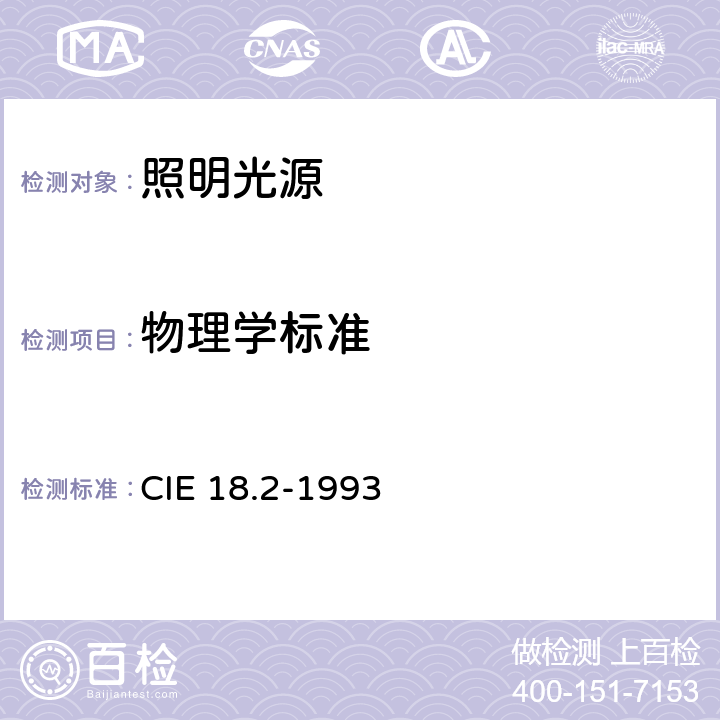
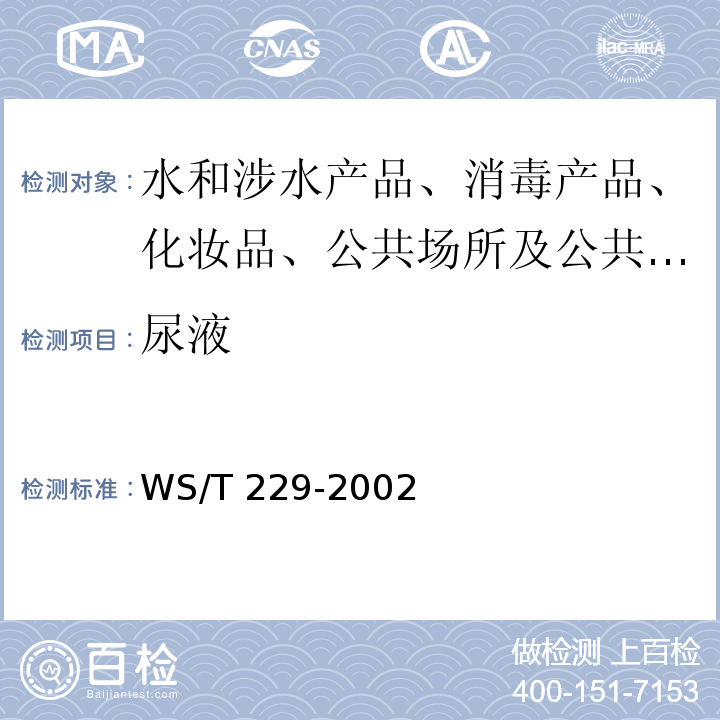
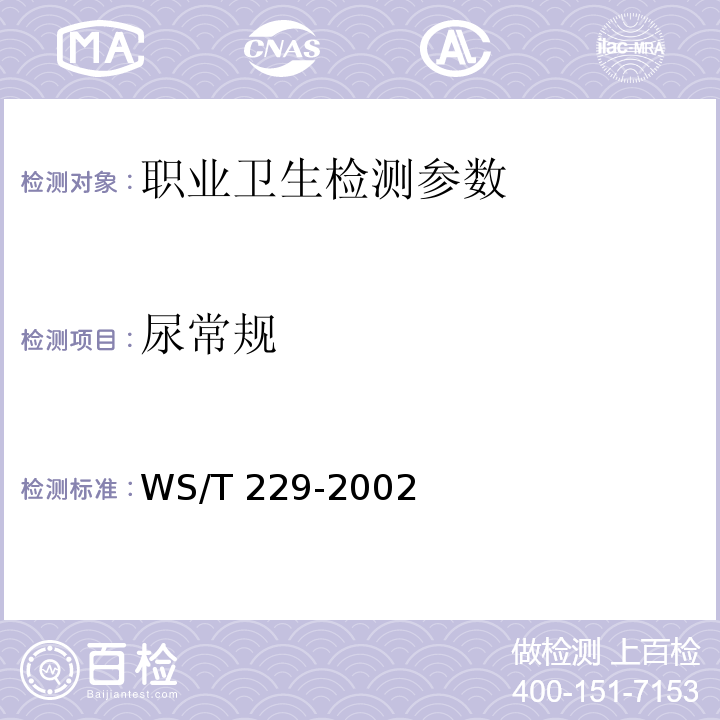



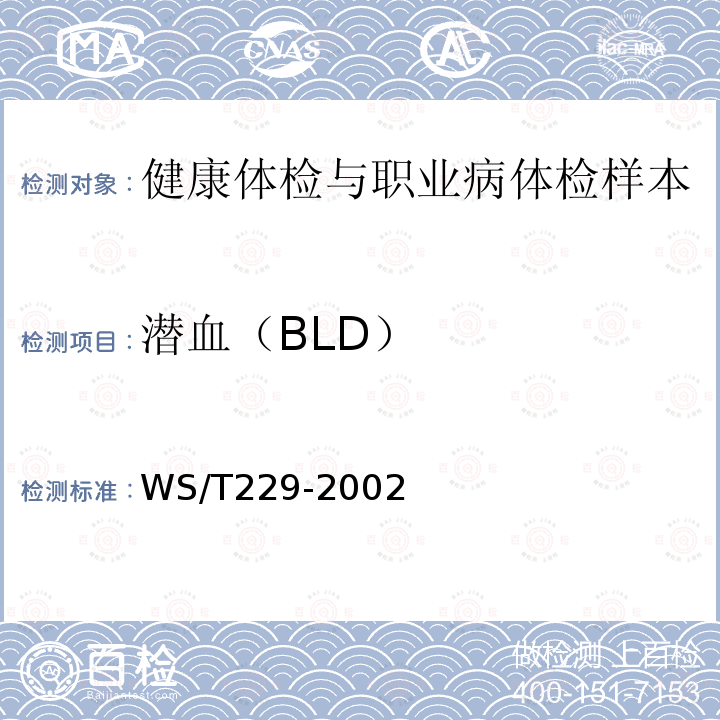
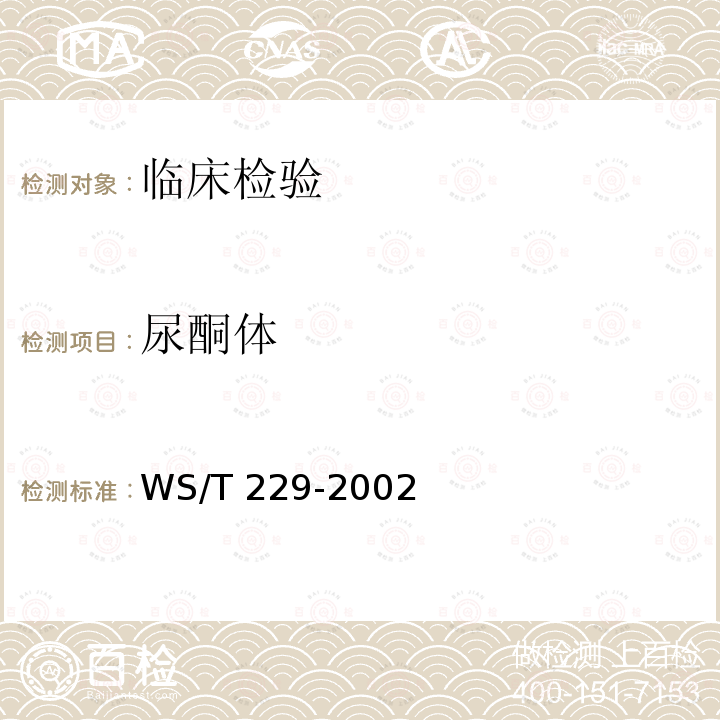





 400-101-7153
400-101-7153 15201733840
15201733840

